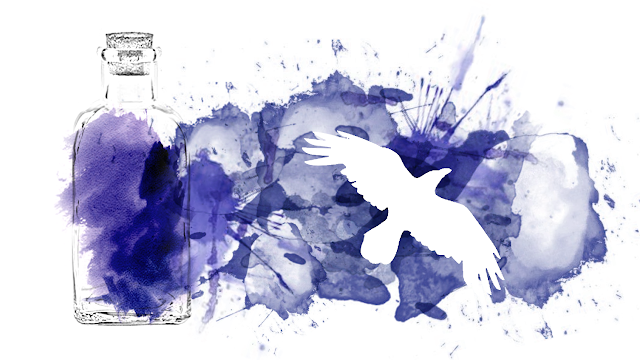Evening Gamers!
It has been a while since I have posted any roleplaying stuff and after a few conversations with fellow gamers (and one really good post on Dungeons and Donuts you can read HERE.) I came up with the idea for a new series of articles. Curios will be a periodical article that will feature tables and flavor to enhance various locations.
What’s in the Kitchen features a number of dishes and knick knacks that players may find in any area being used to cook or prepare food. I have also decided to incorporate one of my favorite feats from 5th Edition D&D called ‘Gourmand’. While I encourage DMs to use skill checks to identify the unusual ingredients found below, those with the Gourmand feat can identify each after sampling them. This feat and a bunch of other great ones are part of the Unearthed Arcana series and can be found HERE.
d12 - Curio
- A large iron pot holds a thick creamy soup filled with bits of unknown meat. Gourmand: Berbalang Cheese Soup
- A large marble mortar and pestle gathers dust on one high shelf. A fine dust partially fills the bowl and a closer inspection reveals a human tooth.
- Several long thing pastry tubes rest on the counter, filled with a spicy smelly meat. Gourmand: Behir Rolls
- A large wok rests against the wall covered in soot from heavy use. Scrubbing it clean reveals that it is made from Adamantium.
- Inside the oven you find a small sheet holding a dozen puffy triangles. The filling is sweet with earthy undertones. Gourmand: Goodberry and Rhubarb Turnovers
- A bloody cleaver is wedged deeply into a cutting block, the name ‘Barry’ carved into the thick handle.
- A small metal tin contains a variety of thin light brown shards, studded with some kind of nut. Though hard to bite through it tastes both sweet and salty. Gourmand: Peanut Brittle
- Within a cupboard, you find a worn cookbook the large heavy tome obviously well loved. On the inside cover, an inscription reads “To help you to get a start with your new restaurant. - Prianna”
- A small pie sits cooling on a window sill, adorned with several apples cut to look like roses. Someone has apparently used their hands to scoop out a small piece, perhaps a small child or halfling. Gourmand: Blooming Rose Creme Pie
- A wooden box made of walnut opens to reveal a velvet lining. Upon the rich blue fabric rests a full set of silverware whose onyx stone handles are carved into the form of horses.
- A half dozen figs, filled with cheese and drizzled with honey and almonds, sit arrayed in a semi-circle upon a plate. Gourmand: Almond and Honey Stuffed Figs
- A thick cut steak, grilled to perfection, smelling of pear and brown sugar. Gourmand: Chile Glazed Basilisk Steaks
d6 - Senses
- The smell of mold and damp fills the space and the air has a faint hazy quality.
- This room smells pleasantly sweet, its surfaces spotless in their cleanliness.
- You instantly pick up the caustic smell of blood the moment you set foot in the room. The old scent is almost overpowering.
- The smell of fresh baked bread explodes out of this room, surrounding you in warmth.
- Old chains and hooks dangle from the ceiling in the far corner of the room, above a single iron grate. Tattered pieces of meat still remain giving off the foul smell of rot and decay.
- A powerful earthy smell hits you as you step into the room. One entire wall appears to be overgrown with various edible plants and herbs.
If you enjoy what I do please consider becoming my Patron on Patreon. Your help will allow me to create more articles, adventures, and supplements.











